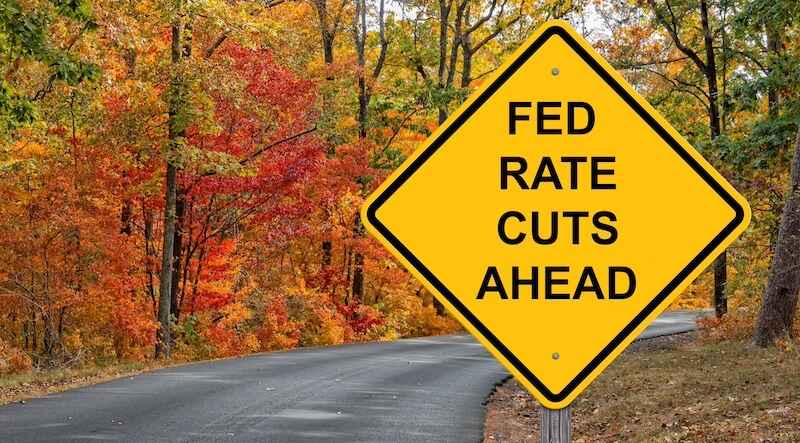The Federal Reserve might have just done something extremely rare for a major central bank.
It may have engineered a soft landing.
With a hefty half-point rate cut; the Fed embarked on a monetary easing cycle – it began lowering its target rate after more than two years of tight monetary policy – without encountering an immediate economic downturn.
That’s happened only twice over the past 35 years, in 1995 and 1998. Of course, it’s possible the economy will fall into recession in the next few months, but right now all the data coming in says that’s unlikely.
And the stock and bond markets agree.
The S&P 500 hit an all-time high the day after the Fed cut. Bond yields also rose, signaling a shift out of bonds and into riskier assets like stocks. That’s an extremely bullish signal.
Best of all, mortgage ratees fell to nearly 6% in the wake of the Fed’s action, down from 6.2% recently, and a peak of 7.8% last October. Such a drop in the cost of borrowing to buy a home should create a wave of new demand, as affordability – a combination of housing prices and borrowing prices – starts to improve.
And if futures traders are right, there are several more rate cuts in the pipeline.
After the Fed’s cut last week, its target rate fell to a range of 4.75% to 5%. Futures markets predict that a year from now that range will be 2.75% to 3%, a full 2 percentage points lower.

That’s quite a few cuts in just a year.
What has been little mentioned in the press, however, is that one of the reasons the Fed is now cutting is to get its target rate down to the so-called neutral rate – the interest rate level that neither accelerates nor dampens economic growth.
Nobody is quite sure exactly what the neutral rate is right now. It may have changed in recent years due to the capacity of the U.S. economy, rising productivity, and other factors. But the Fed’s latest estimate is about 2.9%.
Right now, the economyis in the Goldilocks Zone, neither too hot (that it causes prices to rise), nor too cold (causing demand to fall and jobs to disappear). If the Fed can make its target rate – which affects borrowing rates all the way up the maturity curve to 30-year mortgages – to neutral, it may keep the economy in this zone for a while.
What does it mean for investors?
Four Areas to Watch
Data shows that when the Fed starts lowering rates to keep a slowing economy going (and bonus, keep a bull market rising), instead of doing so to respond to a crisis, the market does extremely well over the next 12 months. The average S&P 500 gain is about 18% in easing cycles (without a crisis) since 1929.
For comparison, the S&P 500 has returned on average about 10% a year since its 1957 inception.
And Bloomberg data analysis says that since 1989, three asset classes have performed best when the Fed is cutting: The S&P 500 (as mentioned above), short-term Treasuries, and gold. I would add small cap stocks to that mix, as many smaller firms have higher levels of debt and rely more on borrowing to meet payroll and keep the lights on. So lower interest rates favor them more.
You can already see that in the market, with the Russell 2000 Index of small cap stocks up nearly 8% over the past two weeks as markets anticipated the Fed’s rate cut. The S&P 500, which tracks the 500 largest stocks, is up about 6% over the same period.
Time will tell if the trend continues, but small caps are certainly worth considering while we’re still in the early days of the easing cycle.
